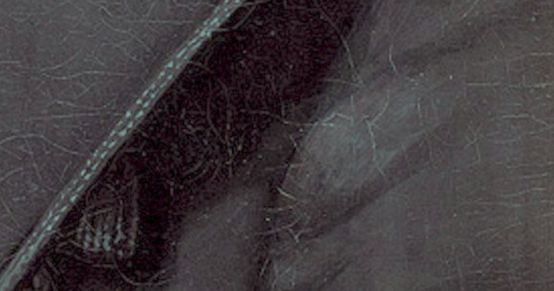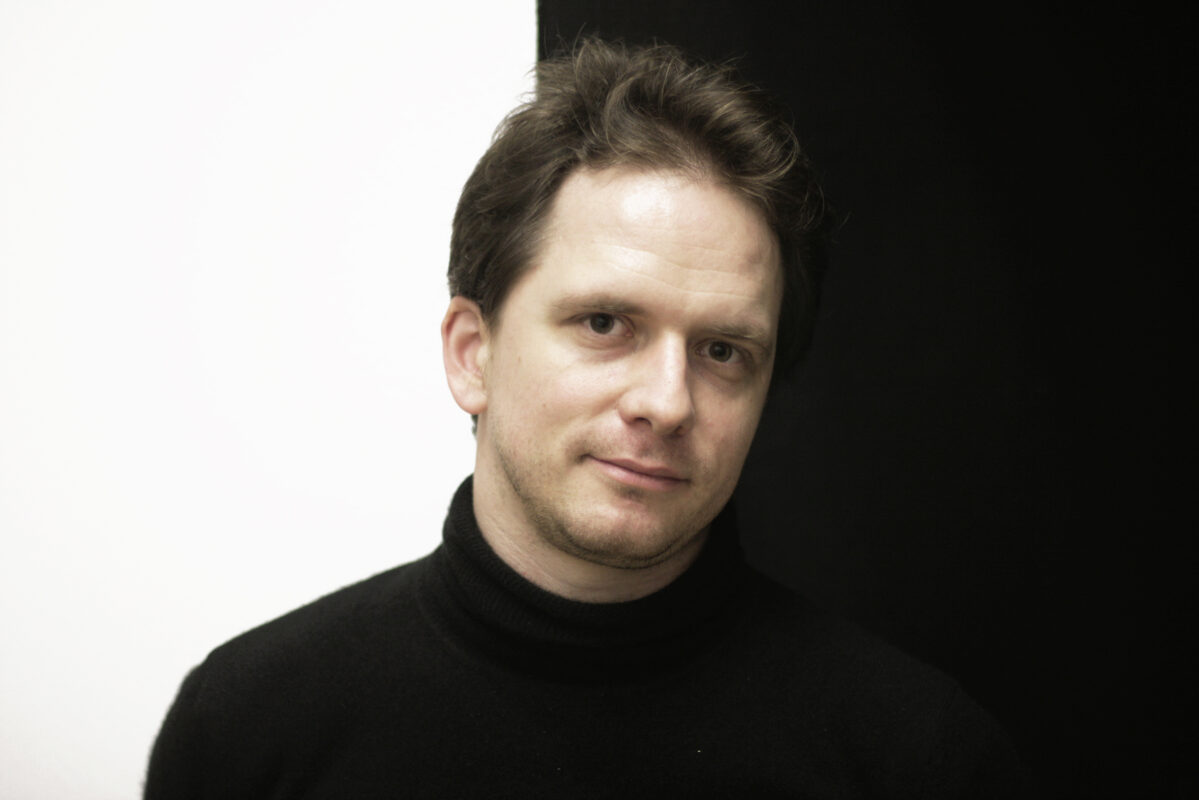Duo for two obligatory eyeglasses
Every Friday, Beethoven is here. To mark the 250th anniversary of Beethoven's birth, each week the Swiss Music Review takes a look at a different work from his catalog. Today for the Duo for viola and cello in E flat major.

There's such a thing as music for the eyes, and there's such a thing as bass-glasses, as the abbreviations of repeated notes are called in German (Brillenbass). Beethoven had little to do with either of these musical phenomena (Renaissance and Pre-Classical), and yet, in the catalog of his works, we find a work written "for two obligatory lorgnets". The eyes and glasses are not, of course, meant to play in counterpoint with the viola and cello: this subtitle refers to the two musicians for whom Beethoven wrote the duet. By the way, we're not talking here about the spyglasses we used to hold in front of our eyes while reading (spyglass on the left, book on the right), but rather more elaborate glasses, fitted with temples or at least a "nose clip", so as to be able to play freely (we then apply as usual the rule of viola on the left and bow on the right - and anyway: glasses on the nose).
We don't know for which bespectacled musicians Beethoven wrote his duet. It has been speculated that they might have been himself (on viola) and his friend Nikolaus Zmeskall (1759-1833, civil servant and composer). This hypothesis is based on a letter written around the time of the work's premiere (during the early years of Viennese music), but cannot be verified with certainty, as the passage "très cher Baron Dreckfahrer je vous suis bien obligé pour votre faiblesse de vos yeux" (in French in the text) remains too vague.
The question also arises as to whether the work is complete. In the "Kafka-Skizzenbuch", a collection of completely disorganized sketches, we find only a long, complete first movement, a minuet, and just 23 bars of a (second?) slow movement. And even where Beethoven copied the entire score, large sections of articulation and dynamics are missing. Perhaps there was once a complete version that has been lost over the years, or that has slept in a family safe for generations. In this case, it's a matter of taking a magnifying glass and observing carefully.
Manuscript page 135 recto / page 137 back / page 119 recto
Aufnahme auf idagio
Keeping in touch
A weekly newsletter reveals the latest column on line. You can subscribe by entering your e-mail address below, or by subscribing to our RSS feed.








